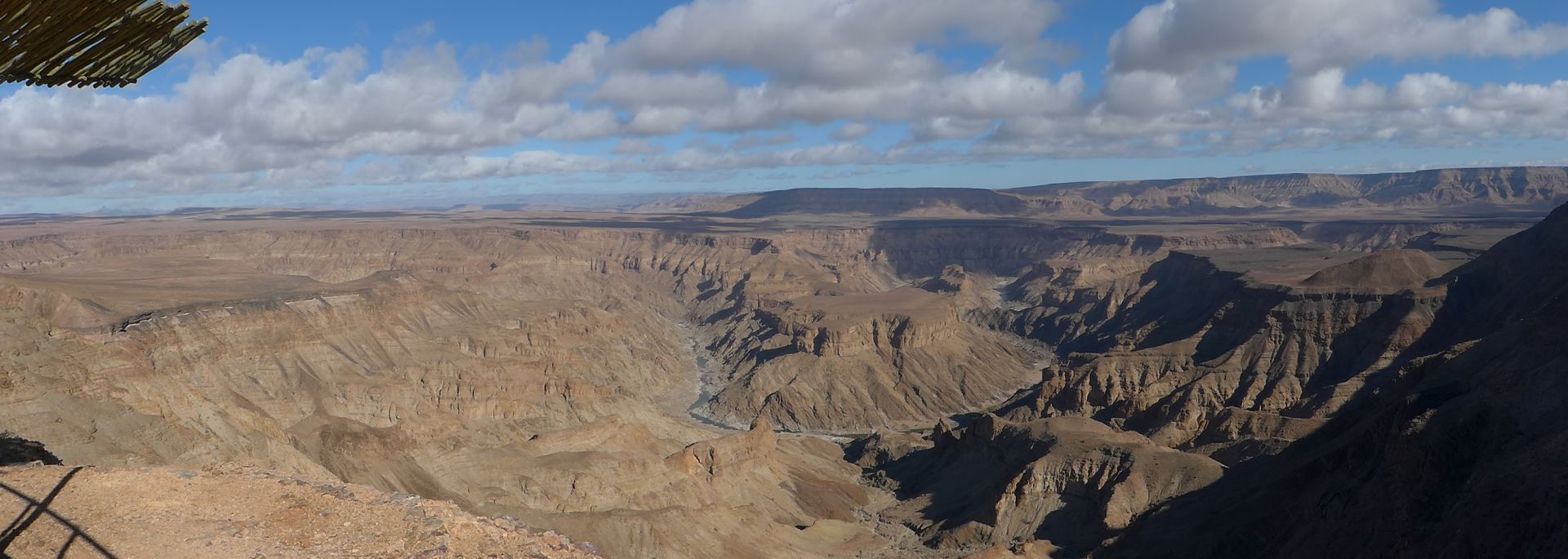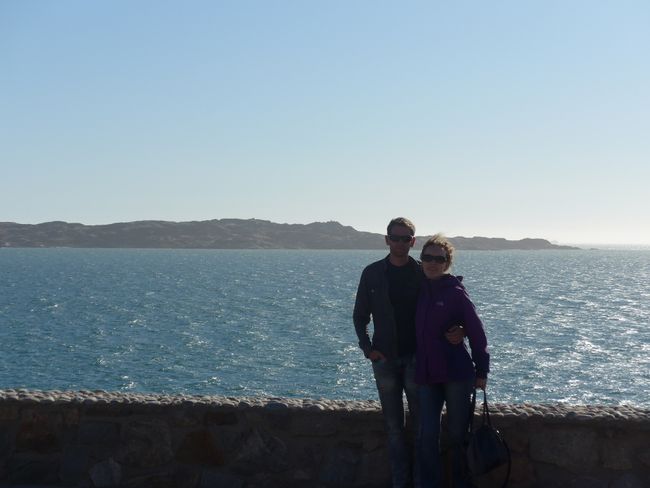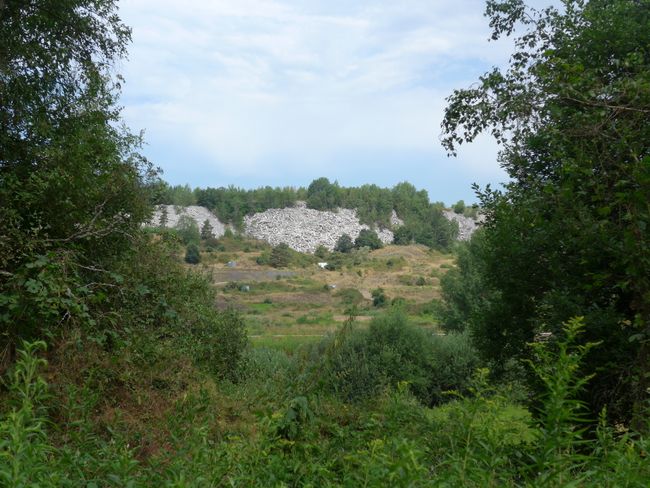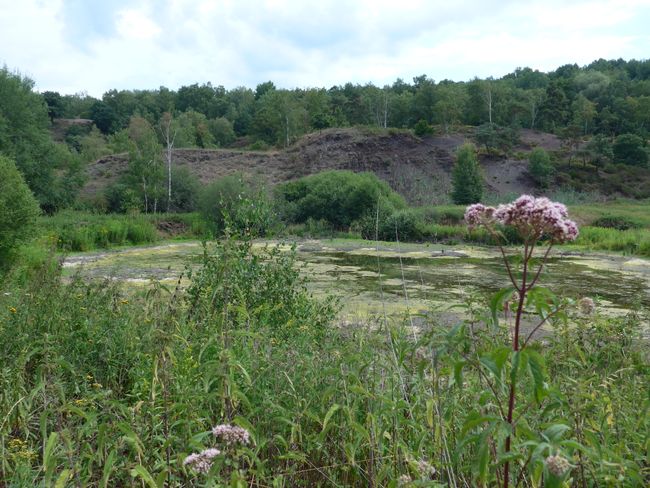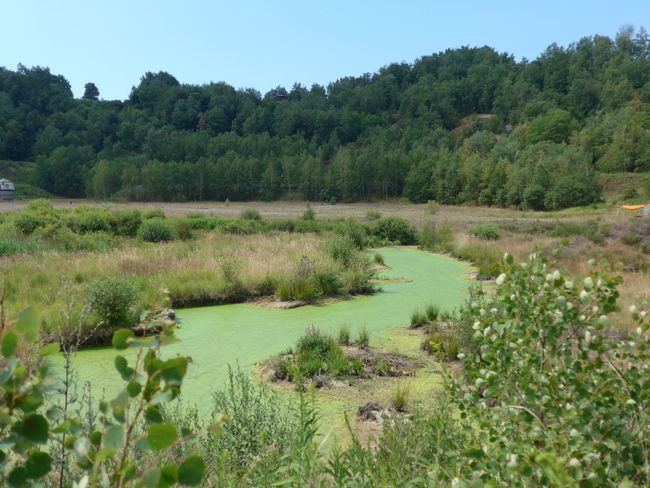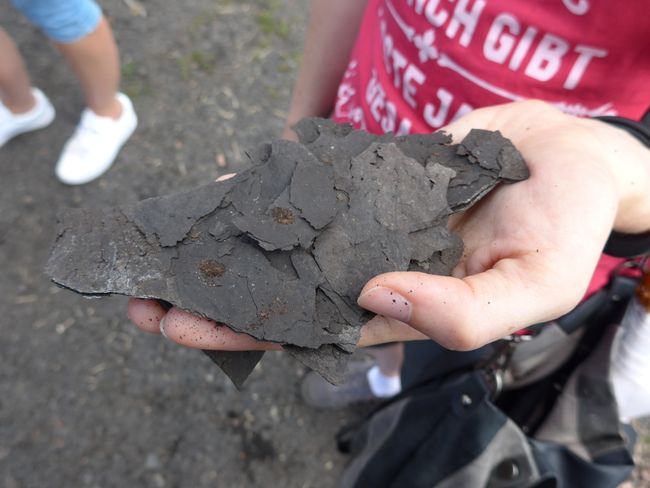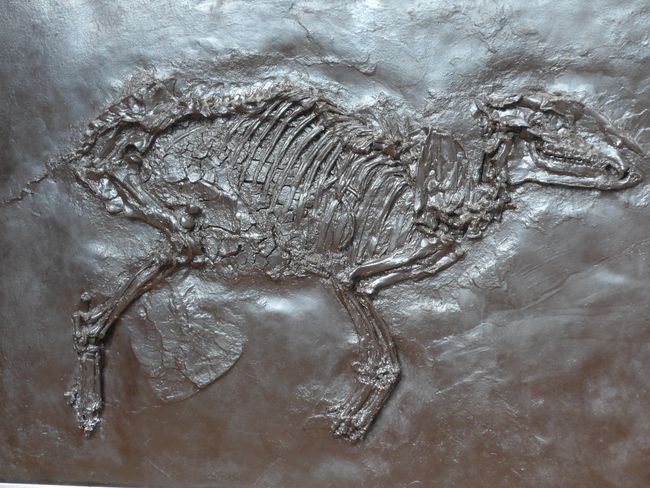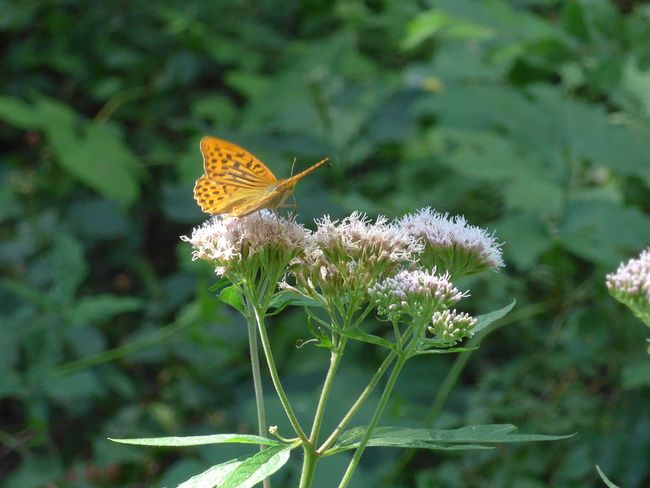Messel Pit UNESCO World Heritage Site (Germany Tour Part 2)
Paskelbta: 16.07.2018
Prenumeruoti naujienas
Yesterday evening, upon our arrival, we looked at the brochures for attractions in the hotel. That's when we came across the Messel Pit, a UNESCO World Heritage Site, and decided to visit there. (In Germany, there are only three UNESCO World Heritage Sites, and after today's trip, including the Wadden Sea, we will have seen two of them.)

A two-hour guided tour of the pit was scheduled for 11 o'clock. We had some time to watch a short introductory film after buying our tickets. Afterward, we knew that we were about to see a former maar volcano that left behind a crater with a diameter of about 1 km and a depth of 120 m during its eruption 48 million years ago. A lake formed afterward, and oil shale was formed on its bottom through deposits.

During our tour of the pit, our guide taught us that a surprisingly large number of different and well-preserved fossils can be found in this oil shale. (Even though no one knows exactly why.) In some cases, even the stomach contents of the animals or their fur can still be recognized.
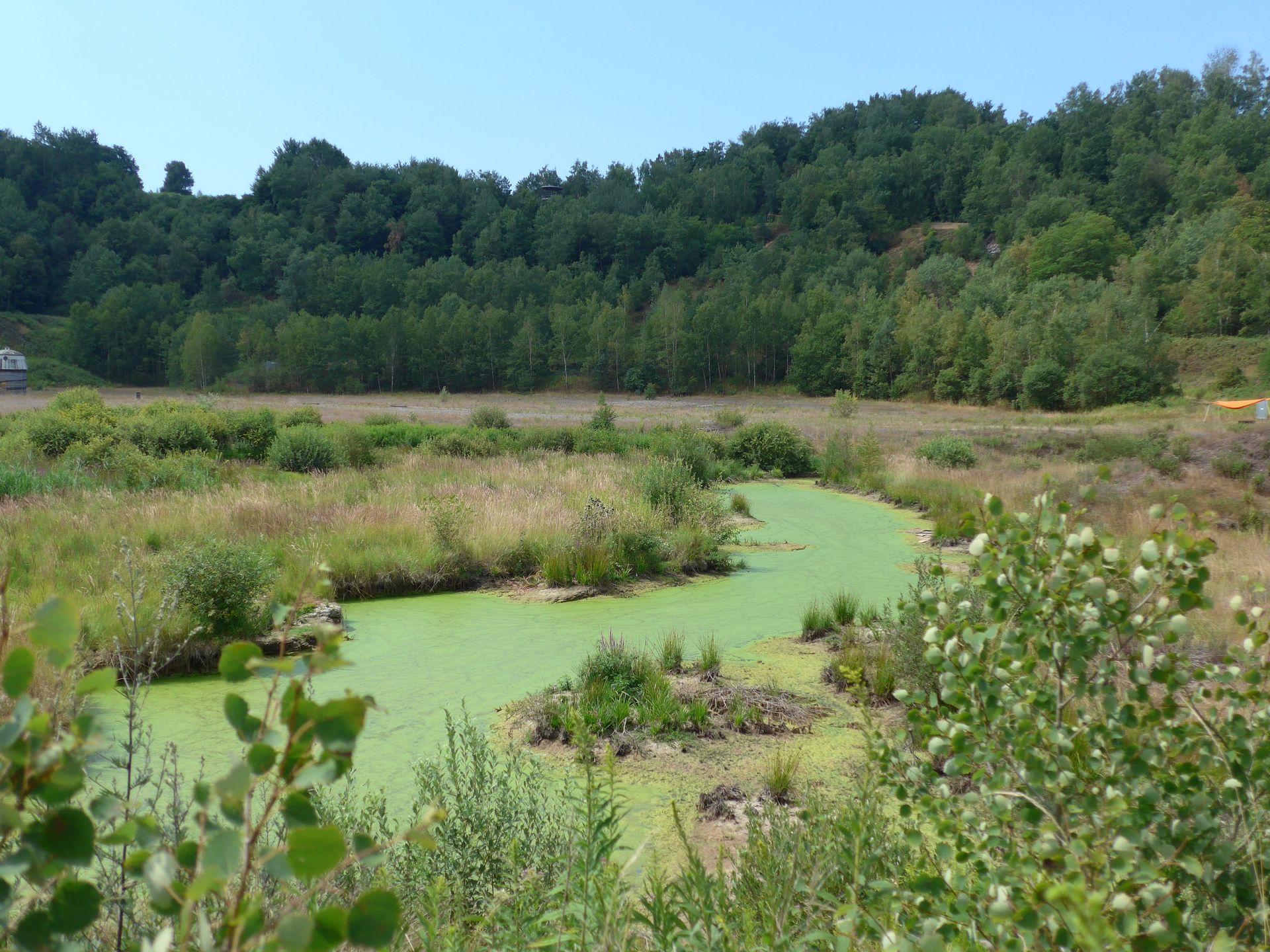
Here, the fossils of the well-known "Urpferdchen" were also found, although we somehow imagined them to be larger. The life-size model was more the size of a dog than a horse...

We also had the opportunity to practice finding fossils and examine some oil shale plates (from the waste pile of the real researchers). We even found the fossil of a fish scale.
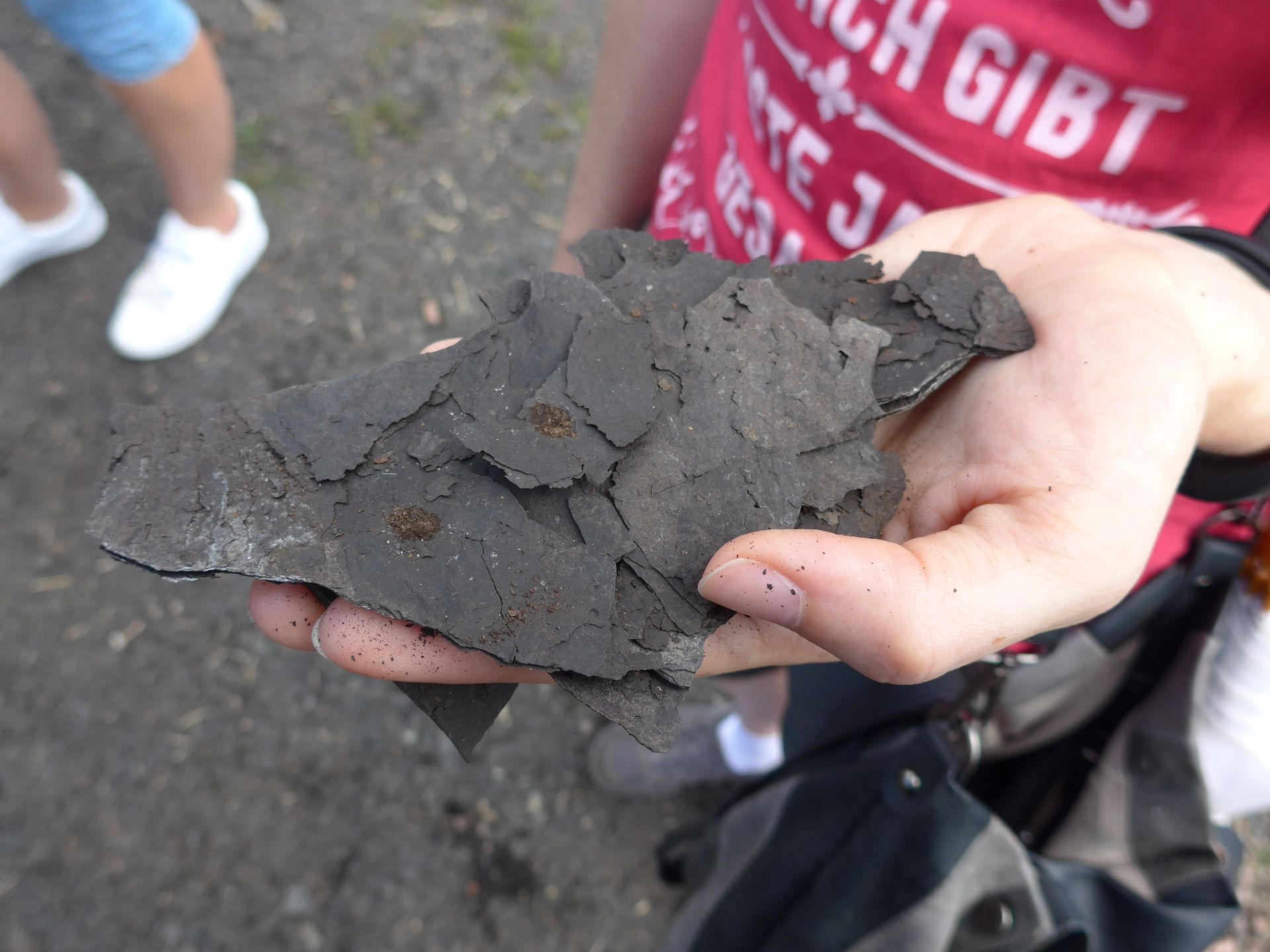
In the visitor center, we were able to deepen our newly acquired knowledge. There, you can also virtually view the rock layers of the 433 m deep drilling from 2001.
The highlight of the exhibition was a room where special fossil finds from the Messel Pit were prepared and displayed.

Afterward, we took a hike on the 11 km long "Urpferdchen Trail" around the area of the pit and through the town of Messel.

Prenumeruoti naujienas
Atsakymas
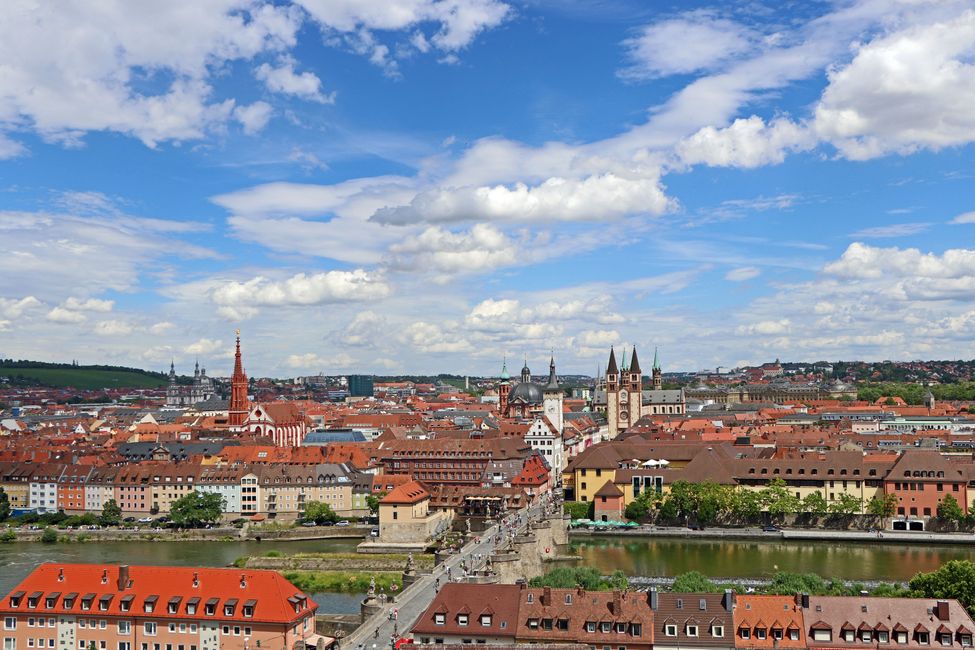
Vokietija kelionių ataskaitos
